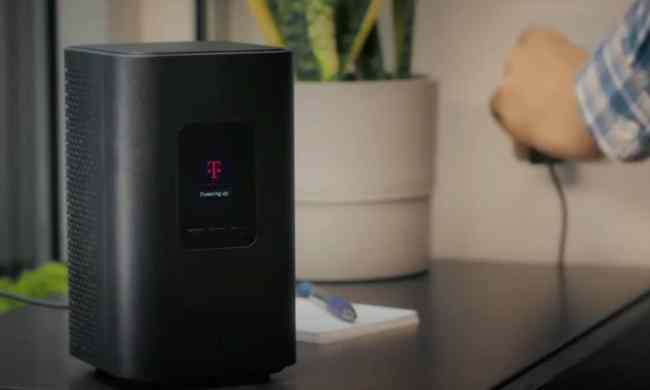Qualcomm wants to make 5G more accessible, more common, and faster. The company recently held its annual 5G Day event, where it made a few announcements related to the rollout of 5G, the continued development of 5G tech, and more.
Of course, you might be wondering whether any of this really matters to you and how it will benefit the average smartphone user. Here’s a quick rundown of Qualcomm’s new 5G-related announcements, and what they could mean for you.
Qualcomm wants to help build 5G infrastructure
Traditionally, Qualcomm has developed and manufactured chipsets and modems that can connect to 5G networks, but now it wants to play a bigger role in the actual infrastructure behind 5G. Specifically, the company is building Radio Access Network (RAN) chips, which are designed to be used in 5G base stations for your phone (or tablet, or computer) to connect.
It’s important to note that Qualcomm won’t necessarily be directly competing with the likes of Huawei and Ericsson. Instead, it will supply those companies with the 5G chips and related software to power their infrastructure. That marks a shift for cell infrastructure, which has traditionally been built all by one company. Making 5G networks a little more modular also means that they could be more easily updated and developed without carriers having to deploy all-new infrastructure, but it remains to be seen if that will actually happen.
But what does that mean for you? Well, Qualcomm has been a leader in the 5G world for some time, and it entering this particular business could help make real-world 5G networks faster and more reliable. Unlike other companies, Qualcomm has expertise in the end-user device chipsets, too, so it knows exactly how to make them interoperate for the best performance. Qualcomm’s chips, of course, support the super-fast mmWave (millimeter-wave) networks, and the widespread Sub-6 networks, so if they become widespread, you may get much better mmWave support.
There’s a new record for fastest 5G speeds
Qualcomm also announced that in partnership with Verizon and Ericsson, it achieved a peak 5G speed of a whopping 5.06Gbps. The speed was achieved with a bunch of fancy tech on a mmWave network and using what’s called carrier aggregation, which combines multiple channels to make for faster speeds.
According to Qualcomm, 5G will eventually reach speeds of 10Gbps, but that’s just talk right now — we’ll have to wait and see if that happens and if it’s accessible.
It’s important to be very clear about how Qualcomm achieved this huge peak speed — in a tightly controlled lab environment. In other words, carriers aren’t going to be able to flick a switch and turn on 5Gbps speeds anytime soon.
But that doesn’t mean that it won’t benefit you. As companies like Qualcomm continue to work on 5G development, and as the tech gets better and better it will eventually make its way to the real world. When it does, you likely won’t get 5Gbps, considering things like distance, obstacles, and the number of people using the same cell tower as you. But you should still get faster speeds than you did before, and hopefully, faster speeds than you’ll get on even the best 4G LTE networks.



